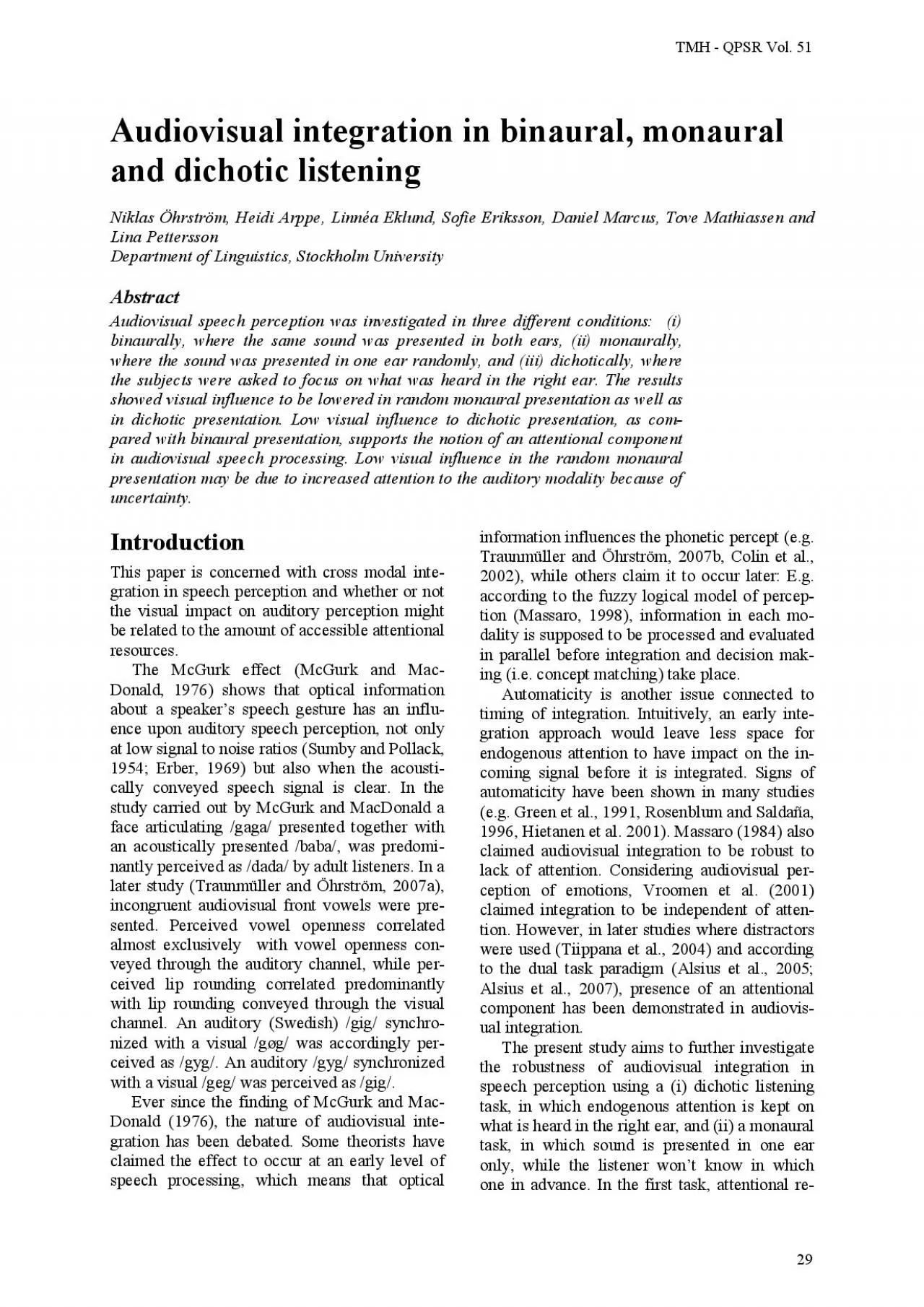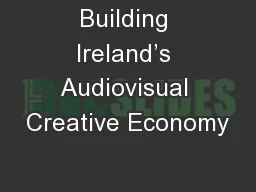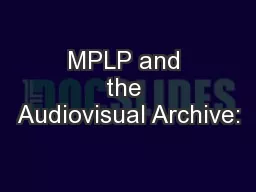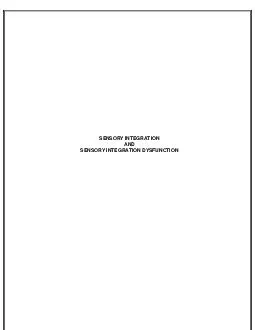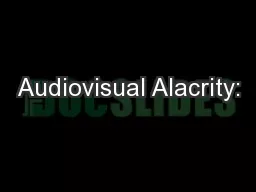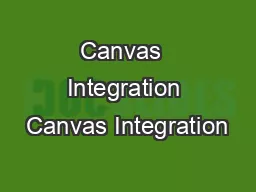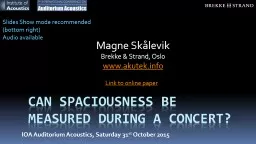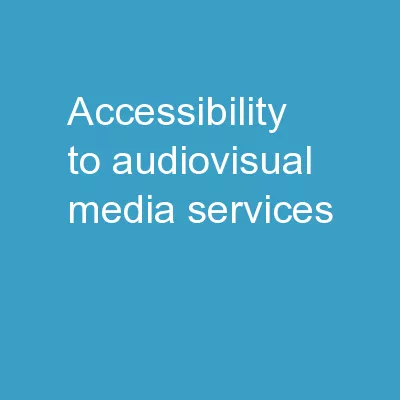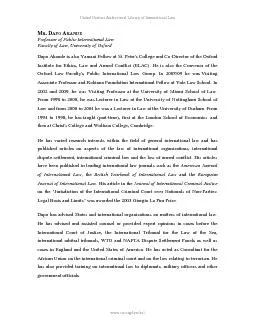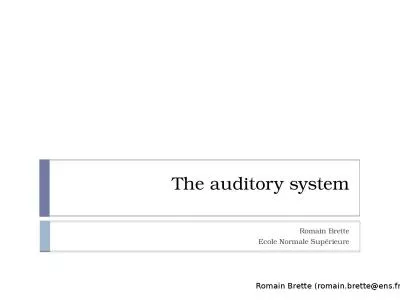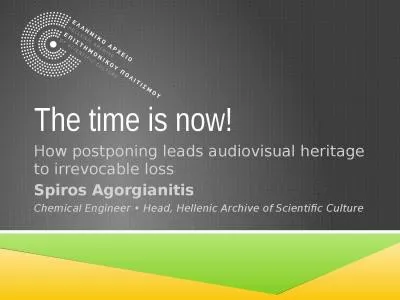PDF-Audiovisual integration in binaural monaural and dichotic listeningNi
Author : beatrice | Published Date : 2022-09-01
TMH QPSR Vol 51 29 sources are supposed to be consumedby focuing The audiovisual integration would be inhiited if dependent of available attentional sources The
Presentation Embed Code
Download Presentation
Download Presentation The PPT/PDF document "Audiovisual integration in binaural mona..." is the property of its rightful owner. Permission is granted to download and print the materials on this website for personal, non-commercial use only, and to display it on your personal computer provided you do not modify the materials and that you retain all copyright notices contained in the materials. By downloading content from our website, you accept the terms of this agreement.
Audiovisual integration in binaural monaural and dichotic listeningNi: Transcript
Download Rules Of Document
"Audiovisual integration in binaural monaural and dichotic listeningNi"The content belongs to its owner. You may download and print it for personal use, without modification, and keep all copyright notices. By downloading, you agree to these terms.
Related Documents

